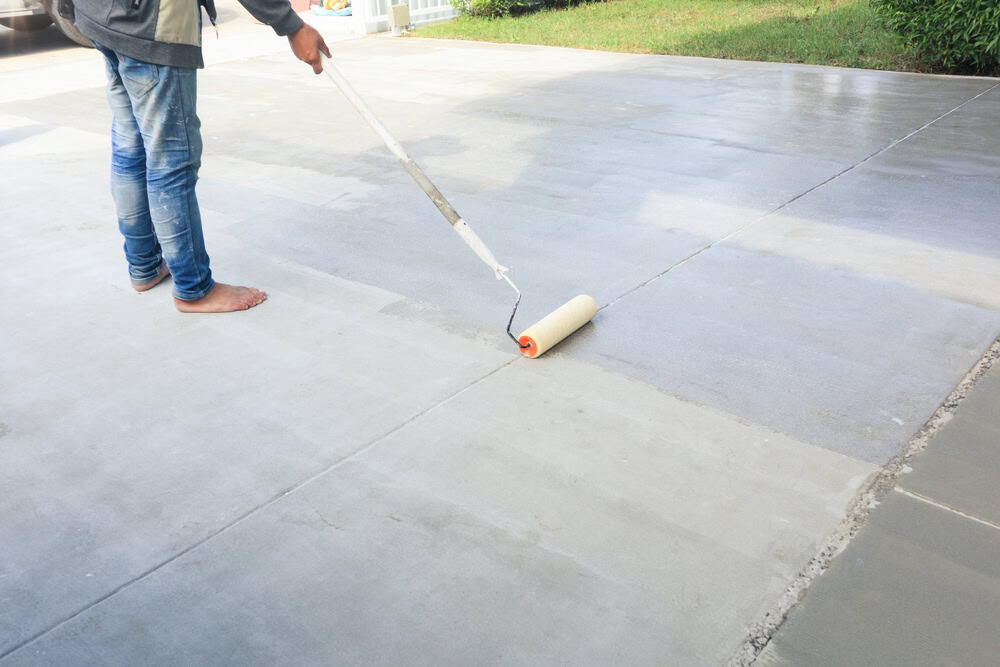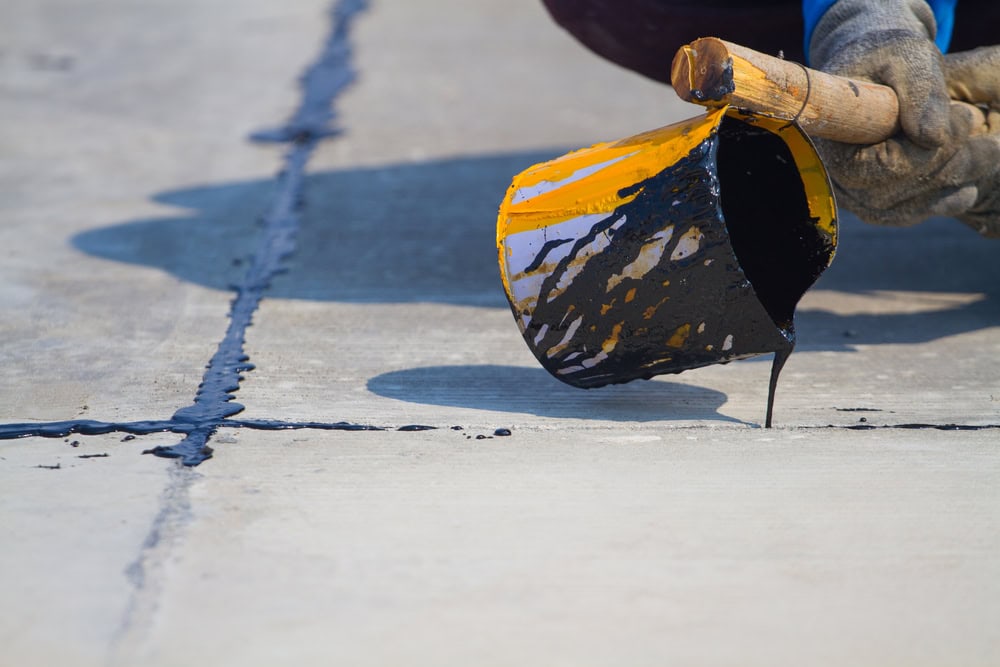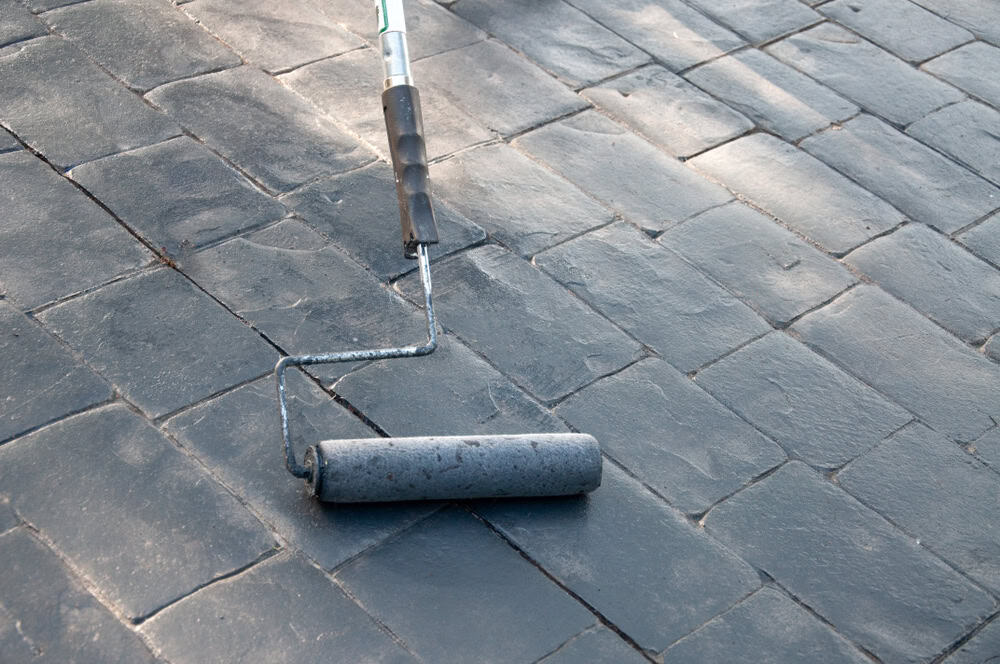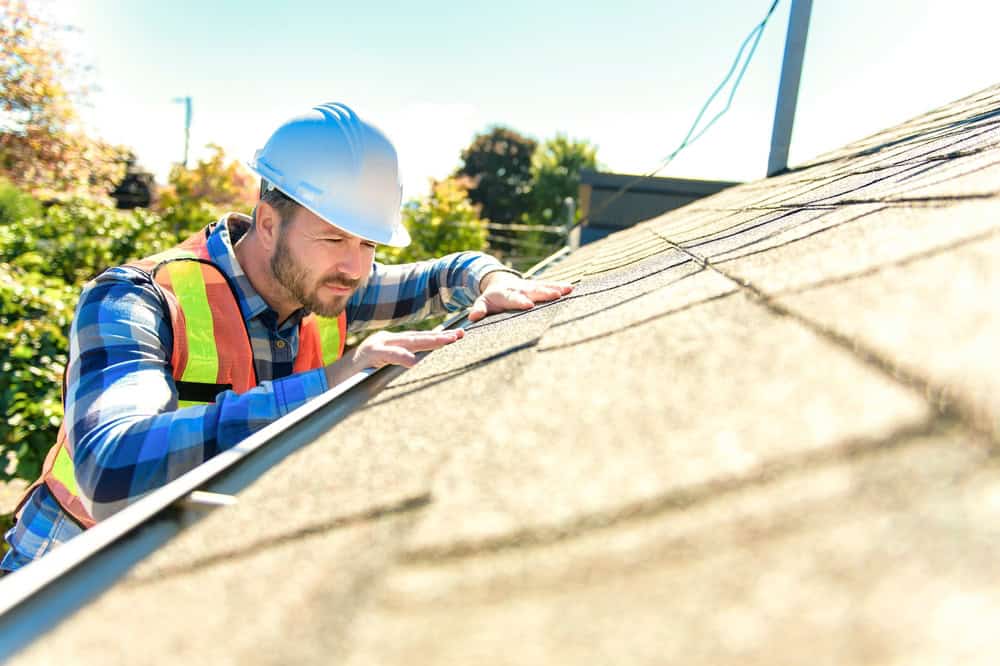Should You Seal Exterior Concrete?

Sealing exterior concrete drives and walks may not always be necessary, but using a good sealer can provide several benefits. It protects the surface from potential damage and helps keep the concrete looking fresh for years.
Why Seal Exterior Concrete?

-
Northern Climates (Freeze-Thaw Cycles):
- Snow-melting salts and freeze-thaw cycles can damage concrete.
- Salt seeps into the porous surface, weakening it over time.
- Repeated freezing and thawing can cause the concrete surface to loosen and deteriorate.
-
Warm Climates (Staining):
- Without sealing, concrete can stain from rusting vehicles, fallen leaves, or even airborne dirt.
- The porous nature of concrete allows these contaminants to seep in, making stains difficult to remove.
How Sealers Protect Concrete

- A clear masonry sealer (e.g., Drylok Concrete Protector) penetrates the surface and seals it against dirt, moisture, and chemicals.
- Sealing prevents:
- Surface staining and deep dirt penetration.
- Damage from snow-melting salts and freeze-thaw cycles.
How to Apply Concrete Sealer

-
-
Prepare the Surface:
- Clean the concrete thoroughly with a pressure washer or scrub it with a strong detergent to remove dirt and debris. Allow it to dry completely.
-
Apply the Sealer:
- Use a roller or rough surface brush with an extendable handle (e.g., 8-foot) to apply the sealer.
- Follow the instructions on the sealer’s label for proper application.
-
Conclusion on Sealing Concrete

Sealing concrete may not be essential in all climates, but it provides benefits like protection against freeze-thaw damage, salt penetration, dirt, and staining. Using a product like a clear masonry sealer will prolong the life of your concrete and keep it looking clean and neat. Proper preparation and application ensure the best results.